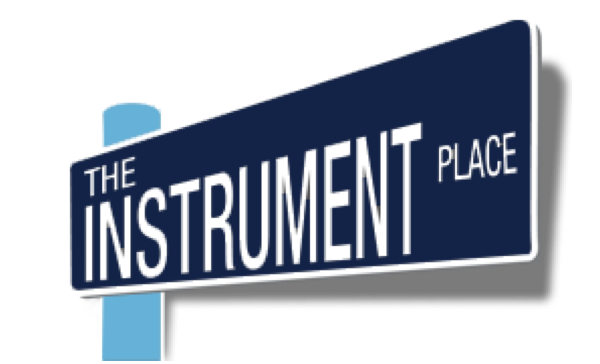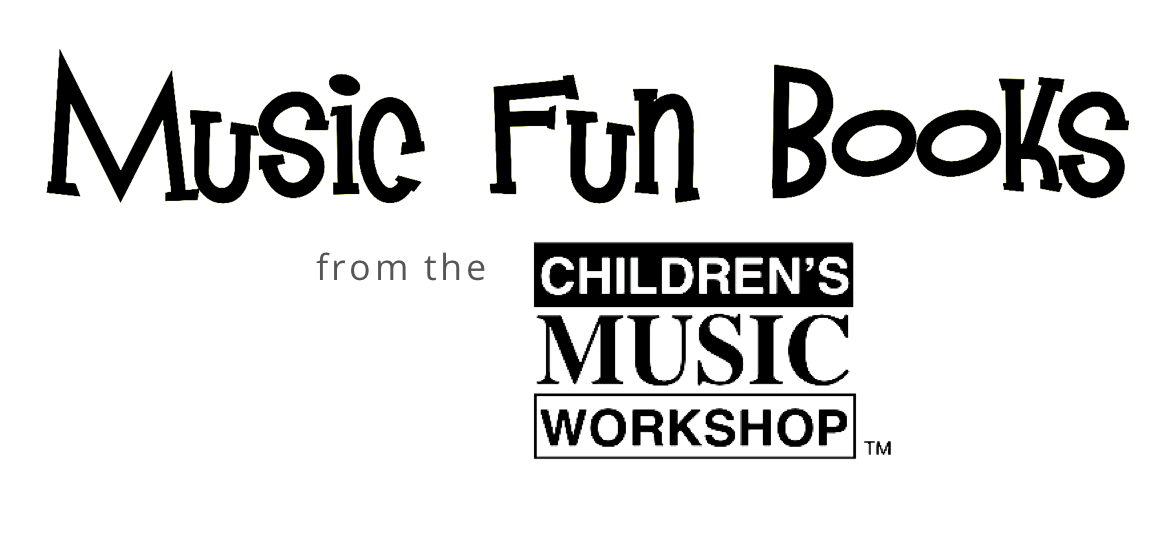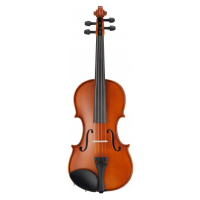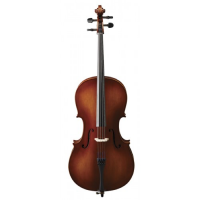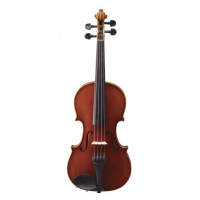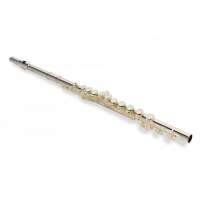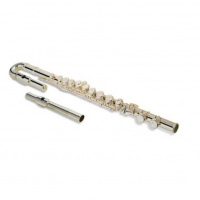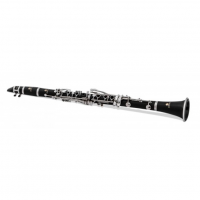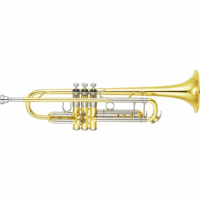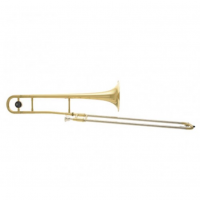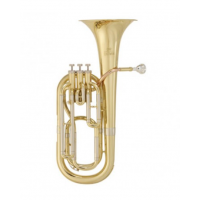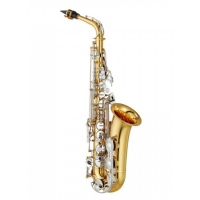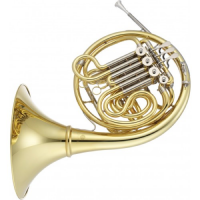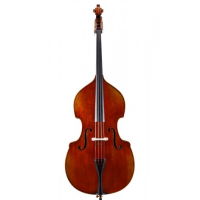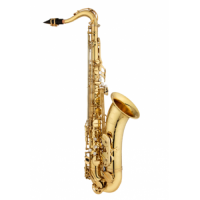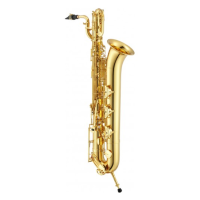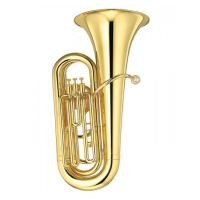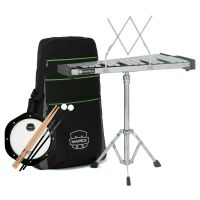History of the Trumpet
How well do you know the history of the trumpet?
The trumpet has been with us for a very long time: as early as 1500 BC or maybe even longer. Early man discovered that animal horns, open at both ends and played with pursed lips, would make loud, resonant sounds that carried long distances. Craftsmen decorated these prized horn and eventually began recreating them in metal and ceramic to form the earliest man made trumpets.
By 1500 BC, trumpets were being crafted to high standards across the world in Africa, Europe and Asia from sheets of silver and bronze metal. Some were ceremonial trumpets and others were purely functional, so these instruments were made in a wide array of styles and decoration. Their intended purpose was mostly wartime signaling, warning sounds and religious ceremonies.
It wasn't until the end of the Middle Ages that players began thinking of the trumpet as something with which to make music. At the time, trumpeters had a limited vocabulary, because the horns of the age were limited to one primary tone and that tone's related harmonic series. To change keys, the player had to select a different trumpet.
Still, gifted trumpeters were able to produce pitches as high as the twentieth pitch in the overtone series. Also, by playing in a high register and using a variety of techniques, it was possible to play a wider range of pitches next to the harmonic series and perform melodies. The "natural trumpet" and its attendant Baroque period compositions by Bach, Handel, Vivaldi and others represents the pinnacle of this sound, though the natural trumpet persisted through the Classical and Romantic periods.
A new pitch changing idea came in the 18th century, when horns began to be outfitted with an invention called "crooks" or "shanks." These were short sections of extra tubing that could be added to the trumpet to tune its primary note to a new pitch. One trumpet could now serve the use of many, though the player still had to stop playing and physically change the crook to choose a new primary tone.
The keyed trumpet emerged at the end of the 18th century as the invention of Anton Weidinger, a Viennese trumpeter. This instrument was one of the first to allow the trumpeter to play a full chromatic scale in any register by manipulating keys that open and close tone holes along the trumpet's tube. Haydn in particular was an enthusiast of the keyed trumpet, though the nature of its design hampered the tone in comparison to that of the natural horn. Soon after, the invention of valves relegated the keyed trumpet to limited use.
In 1818, a German horn player named Heinrich David Stolzel created the first working brass instrument valve in partnership with Friedrich Bluhmel. The modern valve trumpet was born. Once perfected, this invention allowed almost perfect intonation and beautiful tone across the full range of the trumpet.
Remarkably, the natural horn (with crooks) continued to dominate orchestral use until the end of the 1800s, though the valve design was eventually to become the standard we know today.
The recording age, which began with Edison in the early 20th century, was kind to the trumpet. Its sharp, piercing tone cut right through in recordings, so the trumpet became a favorite with arrangers and composers of the time. Big entertaining personalities like Louis Armstrong gave the trumpet a hip, fun image that persists to this day.
Famous Trumpet Players
The trumpet has crossed into every corner of music, from classical to jazz to rock to blues.
Famous jazz trumpeters include Louis Armstrong, Clifford Brown, Lee Morgan, Clark Terry, Harry James, Dizzy Gillespie, Arturo Sandoval, Maynard Ferguson, Miles Davis, Herb Alpert, Chuck Mangione, Wynton Marsalis and many others.
Famous classical trumpet players include Maurice Andre, Thomas Reiner, Rafael Mendez, David Krauss, Sergei Nakariakov, Bud Herseth, Phil Driscoll and others.
